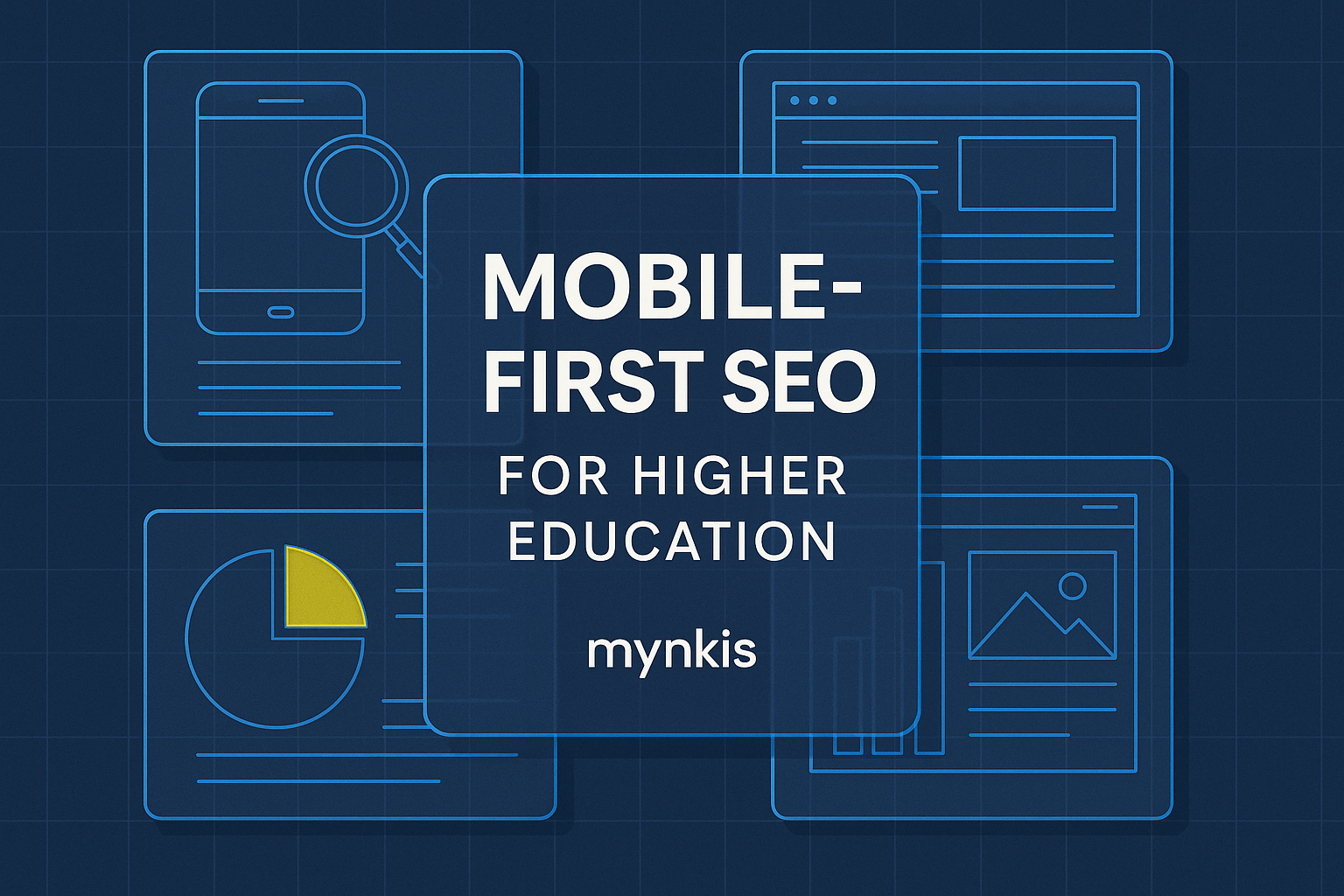Schedule a Demo
As educational institutions increasingly rely on digital platforms for student engagement, optimizing your learning management systems and websites becomes not just beneficial, but essential. The transformation of how students access information—primarily via mobile devices—demands a shift toward mobile-first SEO. In my work with institutions, I've noticed that students are more likely to search, enroll, and interact with resources on the go. Adopting a mobile-first approach to SEO helps ensure your university or school's online presence remains top-of-mind for prospective and current students, no matter where they are.
Google's emphasis on mobile search is undeniable; in fact, their algorithm changes now favor websites designed with mobile users in mind. This is why every educational website looking to climb search engine rankings must prioritize responsiveness and fast loading times on smartphones and tablets. Slow, non-responsive websites not only alienate users but are actively punished in search results, missing out on valuable traffic from students searching for programs or resources.
Beyond search rankings, a mobile-first approach enhances the overall user experience (UX). Studies show that a well-designed mobile experience can increase engagement and conversion rates for course sign-ups and event registration. My experience with various institutions has demonstrated how a user-friendly mobile interface encourages continued interaction, from completing online homework to staying updated on campus events. When students don't have to struggle with a clunky or poorly optimized site, they're more likely to engage longer and more frequently.
Implementing mobile-first SEO involves several crucial elements. Here are key aspects institutions should focus on:
Creating content for mobile users means crafting text and visuals that work well on smaller screens. In my work, I've seen how concise, impactful information—like bite-sized videos and infographics—captures and retains the attention of students more effectively than lengthy text blocks. Tailor your content for ease of consumption, focusing on what's most relevant and engaging for your target audience.
To understand how well your mobile-first strategy is performing, leverage tools like Google Analytics, Google Search Console, and mobile-specific analysis tools. Monitor metrics such as mobile bounce rates, page load times, and click-through rates from mobile search results. Analyzing these data points can help you refine your SEO approach, ensuring your site continuously adapts to meet user expectations.
Accelerated Mobile Pages (AMP) can be a game-changer for educational institutions, offering lightning-fast load times for pages like event announcements, news, and class schedules. While not every page on your site needs AMP treatment, applying it to high-traffic content can significantly enhance user experience and search performance. From my experience working with several universities, the implementation of AMP resulted in a noticeable decrease in page load times and an uptick in user engagement.
Transitioning to a mobile-first strategy comes with its hurdles. One frequent challenge is ensuring that complex functionalities and multimedia are accessible and fast on mobile devices. It's crucial to prioritize which features are essential on mobile and consider innovative alternatives to maintain usability while minimizing load times. My work has taught me that this delicate balance is achievable but requires a careful approach to every aspect of site design.
The field of SEO is perpetually evolving, particularly on mobile platforms. Institutions must stay abreast of these changes to maintain competitive search rankings. Recent trends include voice search optimization—crucial for accessible student services—as well as an increased focus on page experience metrics in Google's algorithms. Schools and universities that proactively adapt to these trends will stand out in the digital landscape.
Looking forward, the importance of mobile optimization in higher education will only grow. As technology advances, so too will the expectations of students, who will demand even more integrated, user-centric mobile experiences. Based on available research, individual institutions may vary in how they choose to leverage these trends, but one fact remains clear: mobile-first custom software development and enterprise web solutions are indispensable for staying relevant and engaging with modern learners.
Moving forward, institutions should consider taking the following steps:
Integrating mobile-first SEO into your digital strategy is not just a trend for educational institutions; it's a fundamental necessity in an increasingly mobile world. From my various experiences, the schools that prioritize mobile optimization not only see improvements in search traffic but also enjoy higher engagement rates from students. As technology continues to evolve, schools and universities must remain agile and willing to adapt to provide the best digital experience possible.
